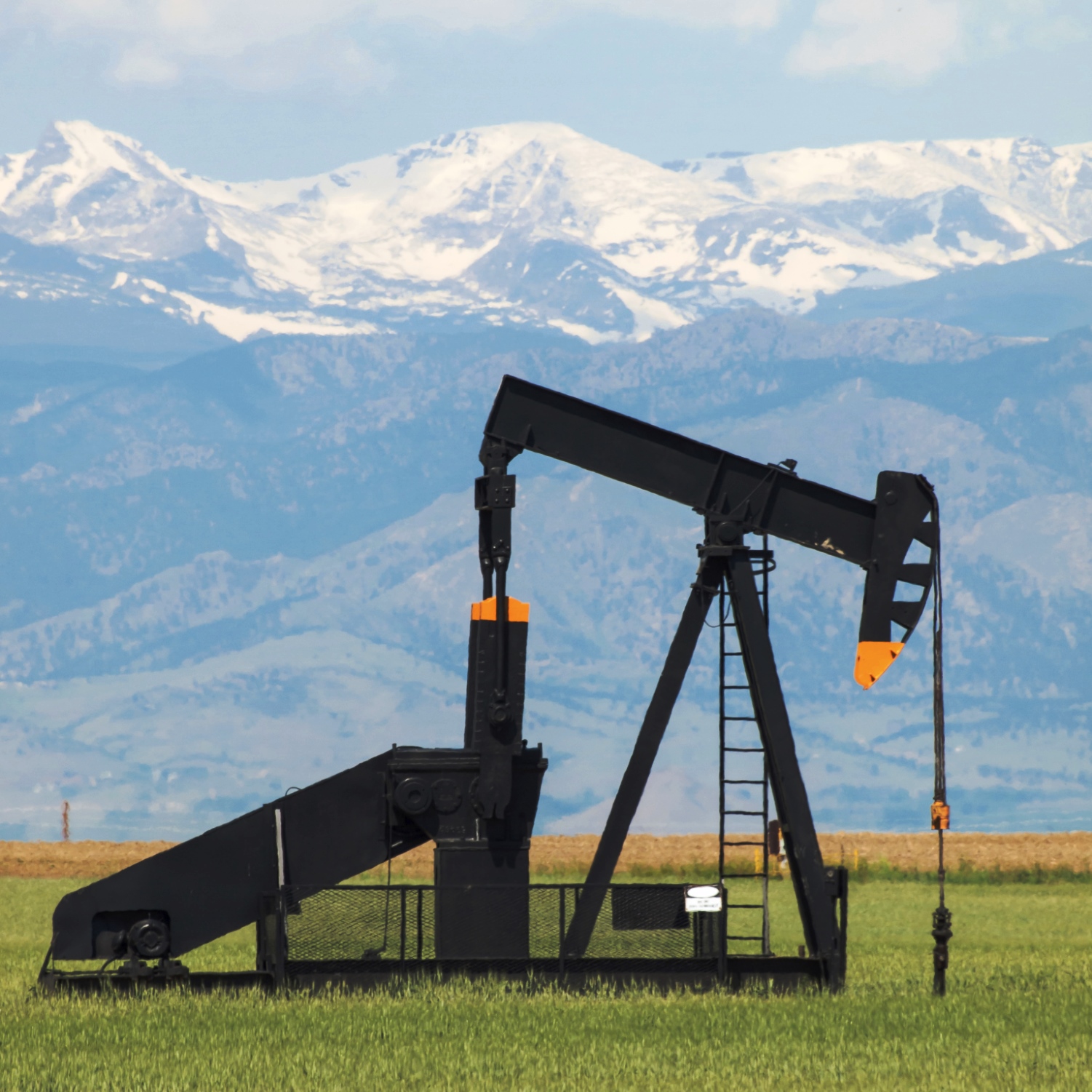
This post may contain links from our sponsors and affiliates, and Flywheel Publishing may receive
compensation for actions taken through them.
Last Friday’s rig count report from Baker Hughes showed the first meaningful gain in the number of U.S. onshore rigs since last August. Producers added nine new rigs in the week, including five in the Permian Basin of Texas and New Mexico, and the increase is down to crude prices flirting with the new magic number for producers, $50 a barrel.
Benchmark West Texas Intermediate (WTI) for July delivery traded at around $49.15 early Monday morning, up more than 1% from Friday’s close of $48.62. Brent for August delivery traded at $50.20, up about 1.2% from Friday’s closing price of $49.64.
The recent global production declines and concomitant rise in prices is the result of rising demand and temporary outages in production from Canada, Nigeria and Libya. The massive wildfire in Alberta no longer threatens the people and facilities of Canada’s oil sands region, and residents of Fort McMurray were allowed back into the city last Wednesday.
According to Canada’s National Energy Board, upgraded bitumen production totaled an estimated 492,550 barrels a day in May, down from 1.02 million barrels a day in January. Production for June is now estimated at 651,358 barrels a day, down from 1.02 million barrels a day in the same period. Over the course of the full year, production is now estimated to fall by about 60,500 barrels a day due to the fires. Non-upgraded bitumen production dropped by more than 100,000 barrels a day in May and annual production is projected to slip by about 27,500 barrels a day for the full year.
According to an estimate from Platts, up to 1.27 million barrels a day were out of production due to the fires. Production restarts have begun, but it takes one to three weeks to restart the steam-assisted gravity drainage facilities that were shut down. Mining operations can be restarted more quickly.
In Nigeria, repeated attacks on the country’s oil infrastructure have cut production in the West African nation to a 30-year low. A reported 140,000 barrels a day are out of production, and that is contributing not only to the drawdown on global inventories but to a debt crisis in the country.
Which raises the issue of a weaker dollar following last Friday’s report on U.S. nonfarm payrolls. The greenback was up a few ticks early Monday, but not enough to slow the push to $50.
We’ve noted before that oil at $50 a barrel could bring more production back online in the United States because in some of the country’s most productive regions, like the Permian Basin, producers can make a (small) profit at a price of $50. But breaking even and generating cash flow to keep people employed and interest payments current is good enough for now.
Get Ready To Retire (Sponsored)
Start by taking a quick retirement quiz from SmartAsset that will match you with up to 3 financial advisors that serve your area and beyond in 5 minutes, or less.
Each advisor has been vetted by SmartAsset and is held to a fiduciary standard to act in your best interests.
Here’s how it works:
1. Answer SmartAsset advisor match quiz
2. Review your pre-screened matches at your leisure. Check out the advisors’ profiles.
3. Speak with advisors at no cost to you. Have an introductory call on the phone or introduction in person and choose whom to work with in the future
Get started right here.
Thank you for reading! Have some feedback for us?
Contact the 24/7 Wall St. editorial team.




